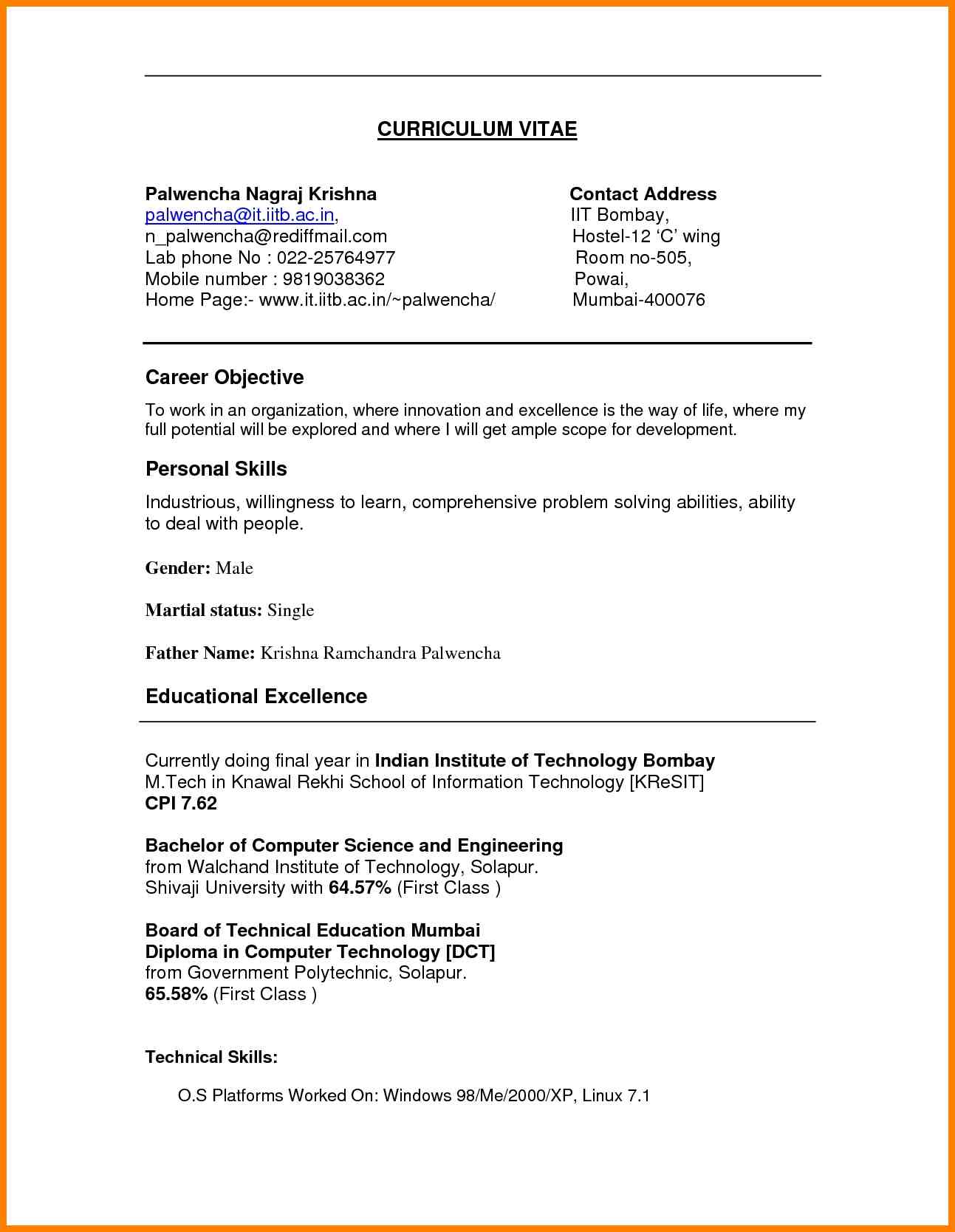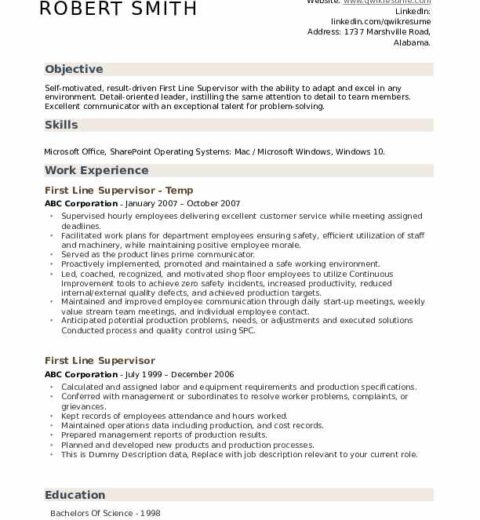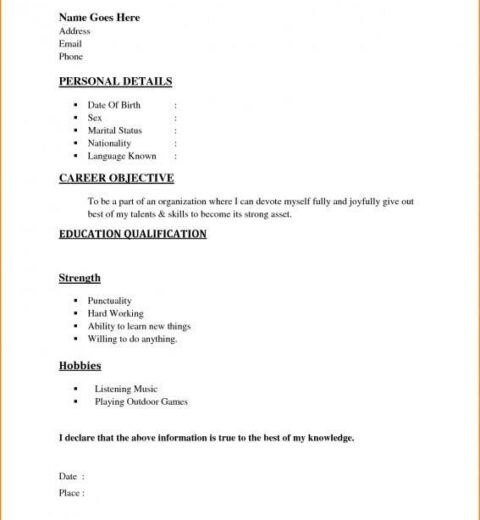In the competitive landscape of job applications, an impressive resume is your passport to an interview. Central to this document is the skills section—a pivotal area that not only highlights your competencies but also distinguishes you from a sea of candidates. However, many applicants falter in this area. They either understate their abilities or, conversely, oversell with generic phrases. To craft a skills section that captivates, it’s imperative to cultivate a strategic approach.
First and foremost, understanding the audience is essential. Tailoring your skills to resonate with the specific employer is a game-changer. Begin with a meticulous assessment of the job description. Employers often delineate the particular skills they prioritize. By parsing through these details, you can curate a list that reflects both your qualifications and the precise competencies sought by the employer. Highlighting relevant skills not only makes your application more appealing but also exemplifies your proactive engagement with the position.
Beyond mere alignment with the job specifications, articulating your skills requires a deft balance between specificity and breadth. Listing skills in overly general terms can diminish the perceived value of your capabilities. Instead, opt for precise terminology that delineates your proficiency level and timeframe. Phrases such as “proficient in” or “adept at” can indicate a nuanced understanding of your abilities. For instance, instead of simply stating “communication skills,” consider expressing it as “exceptional verbal and written communication skills honed over five years in project management.” This specificity provides depth and context to your expertise.
Moreover, consider employing a skills matrix or a categorical approach to enhance the readability of this section. Organizing your skills into relevant clusters—such as technical, interpersonal, and leadership skills—enables hiring managers to swiftly assess your capabilities. This method also affords you the luxury of delving into each category with a brief description where applicable. For example, under a technical skills category, you might list “Data Analysis: Proficient in utilizing software such as Tableau and Excel to analyze and visualize complex datasets.” Such structured presentation serves to both inform and intrigue the reader.
It is also crucial to intersperse hard and soft skills judiciously. While hard skills—quantifiable capabilities like coding or project management—are undeniably important, soft skills—such as adaptability and teamwork—are equally critical in many roles. Exceptional employers look for well-rounded candidates who can thrive in collaborative environments. By showcasing both facets of your skill set, you render a more holistic picture of your professional persona.
Furthermore, authenticity is paramount in this section. Each skill listed must be a true reflection of your abilities. While it might be tempting to embellish qualifications to enhance appeal, authenticity resonates more profoundly with hiring managers. Consider utilizing performance metrics or accomplishments to substantiate your claims. For example, rather than stating “excellent sales skills,” one might say “achieved 150% of sales targets in Q2 2022 through personalized customer engagement strategies.” This approach not only fortifies your claims but also narrates a success story that stands out.
Incorporate keywords that align with the industry standards or specific roles. Many companies utilize applicant tracking systems (ATS) that screen resumes for specific terms before reaching human eyes. Familiarizing yourself with industry jargon and incorporating pertinent keywords can significantly bolster the chance of your resume passing through these automated filters. Words such as “agile,” “synergy,” or “disruption” may resonate well within certain fields, thereby enhancing visibility.
Additionally, consider the dynamic nature of your chosen profession or industry. Continuous learning and upskilling are vital to staying relevant. If you have pursued recent certifications or completed relevant courses, it’s advantageous to include these to reflect your commitment to professional growth. This not only reinforces your existing skill set but also portrays you as an adaptive and ambitious candidate.
An interactive approach can also enhance engagement. If applicable, create a link to an online portfolio, LinkedIn profile, or a personal website showcasing endorsements or projects relevant to your skills. This provides an opportunity for prospective employers to delve deeper into your qualifications, making your application more compelling.
Finally, the visual layout of the skills section should not be overlooked. A cluttered or overly dense section can be off-putting. Employ bullet points or concise lists to maintain clarity. The use of ample white space encourages ease of reading, ensuring that your skills stand out rather than get lost in the minutiae. Position this section strategically to enhance visibility—consider placing it towards the top half of the resume, just below your professional summary or objectives.
In conclusion, crafting a skills section that stands out necessitates a blend of strategic foresight, precise articulation, and genuine representation of your abilities. By honing in on relevant competencies, organizing them effectively, and supporting claims with evidence, your resume can transform from a simple list of qualifications to a compelling narrative of your professional journey. The goal is to create a harmonious reflection of your capabilities, aligning them with the needs of prospective employers, thus ensuring that your resume makes a indelible mark in the recruitment process.




